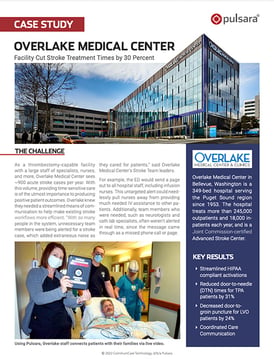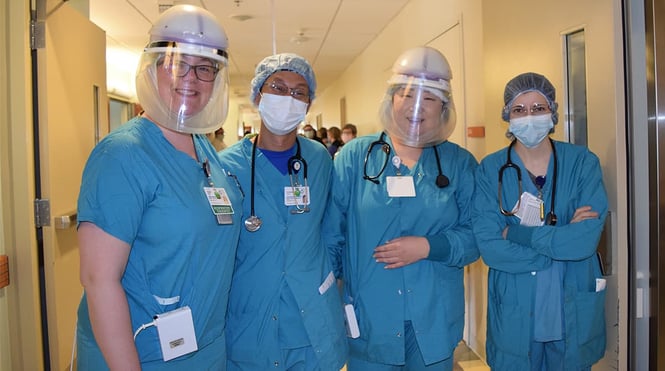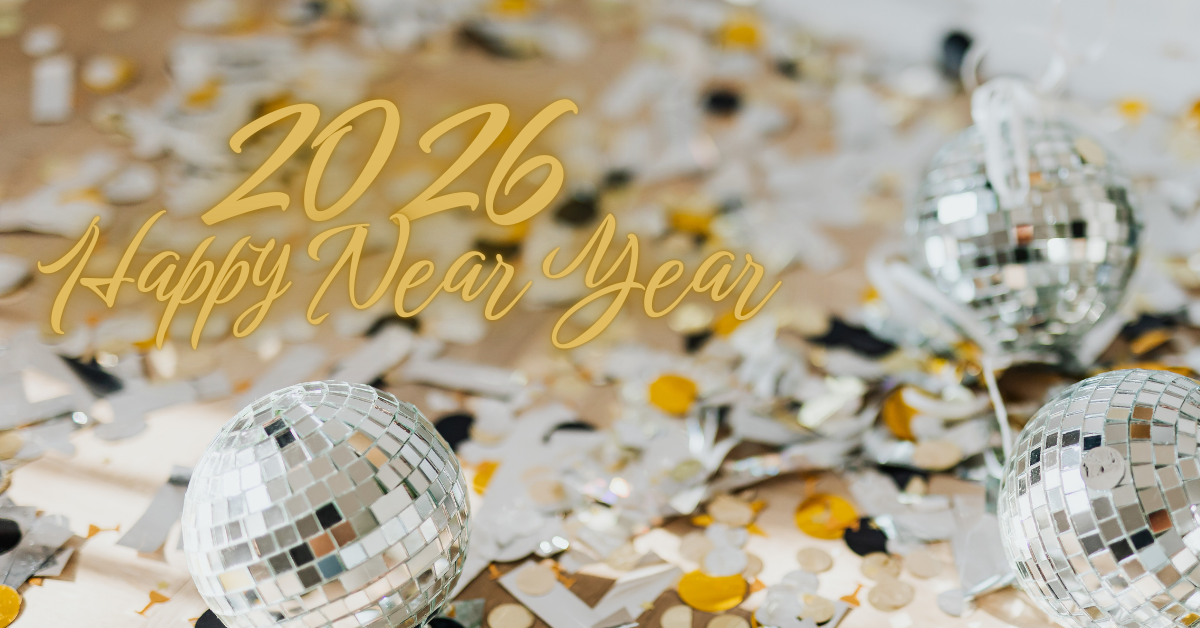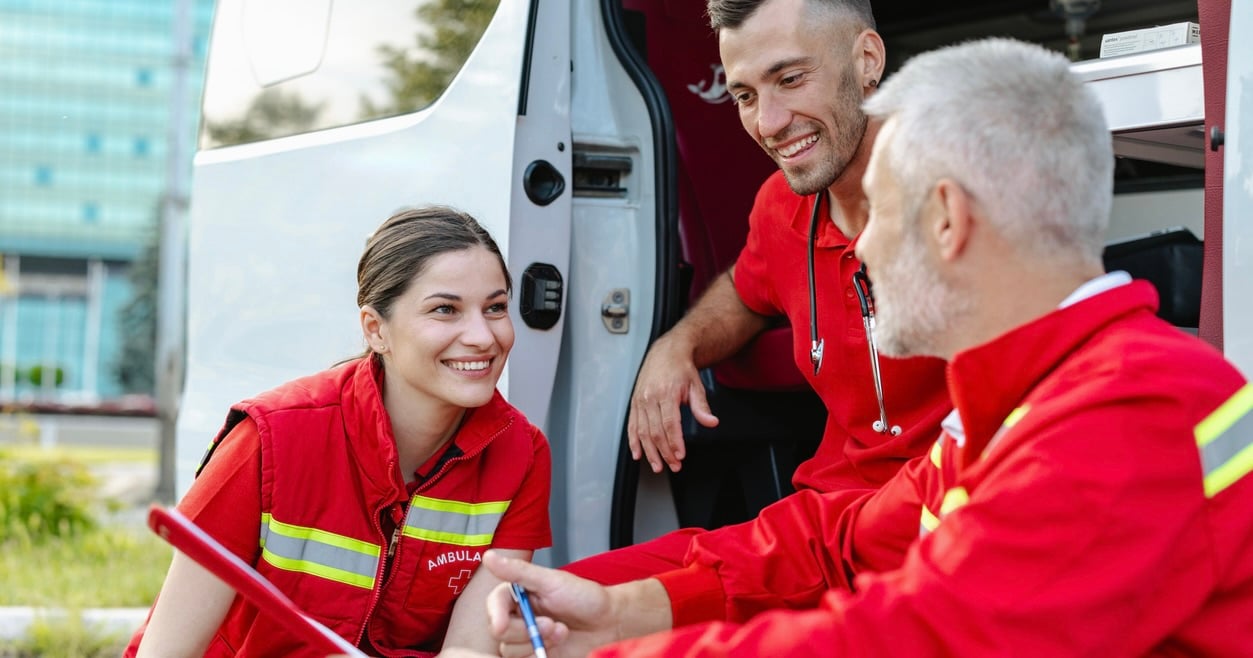Pulsara Around the World - 2025 Recap and January 2026
December Recap After an incredibly busy events year with 102 conferences, trade shows, and sponsorships, December was on the slower side for us, with...
1 min read
 Team Pulsara
:
May 04, 2022
Team Pulsara
:
May 04, 2022

After streamlining communication for their stroke teams with Pulsara, Overlake Medical Center in Bellevue, WA reduced door-to-needle times for tPA patients by 31%.
Overlake Medical Center in Bellevue, Washington, is a 349-bed hospital serving the Puget Sound region since 1953. The hospital treats more than 245,000 outpatients and 18,000 inpatients each year, and is a Joint Commission-certified Advanced Stroke Center.
As a thrombectomy-capable facility with a large staff of specialists, nurses, and more, Overlake Medical Center sees ~900 acute stroke cases per year. With this volume, providing time-sensitive care is of the utmost importance to producing positive patient outcomes. Overlake knew they needed a streamlined means of communication to help make existing stroke workflows more efficient.
“With so many people in the system, unnecessary team members were being alerted for a stroke case,
 For example, the ED would send a page out to all hospital staff, including infusion nurses. This untargeted alert could needlessly pull nurses away from providing much-needed IV assistance to other patients. Additionally, team members who were needed, such as neurologists and cath lab specialists, often weren’t alerted in real time, since the message came through as a missed phone call or page.
For example, the ED would send a page out to all hospital staff, including infusion nurses. This untargeted alert could needlessly pull nurses away from providing much-needed IV assistance to other patients. Additionally, team members who were needed, such as neurologists and cath lab specialists, often weren’t alerted in real time, since the message came through as a missed phone call or page.
The combination of delayed communication and alerting of unnecessary resources led Overlake Medical Center leadership to assess the stroke coordination process.
They found that a single tool for communicating with the right team members was needed to unify dedicated care teams and establish a clear pathway for assessing incoming patients from the ED to determine the appropriate stroke intervention. They chose Pulsara, an advanced healthcare communication technology, to organize the right team members on a single platform and help them connect, communicate, and coordinate stroke care.

Overlake Medical Center’s improvement in treatment times demonstrates the power of having a single communication channel. Since implementing Pulsara, staff have worked diligently to:
Download the case study to learn how Overlake Medical Center leveraged Pulsara to improve communication for their teams and enable faster, more efficient treatment for their stroke patients.
Within four months, Saline Memorial Hospital in Benton, Arkansas reduced their treatment times for STEMI by 28%. Check out the case study to learn how they did it.

December Recap After an incredibly busy events year with 102 conferences, trade shows, and sponsorships, December was on the slower side for us, with...

Editor's Note: In July 2025, EMS1 and Fitch & Associates released their annual EMS trend survey, What Paramedics Want, proudly sponsored by Pulsara....
![[PRESS RELEASE] Published Research Finds Up to 31% Faster STEMI Treatment Times in Rural Hospital Setting with Pulsara](https://www.pulsara.com/hubfs/_1_website-page-blog-assets/pulsara-hosp-teams-assign-cardio-stemi-rn-1200x701.jpg)
Published research shows how using Pulsara, alongside standardized field activation and a focus on stakeholder relationships, improves STEMI care and...